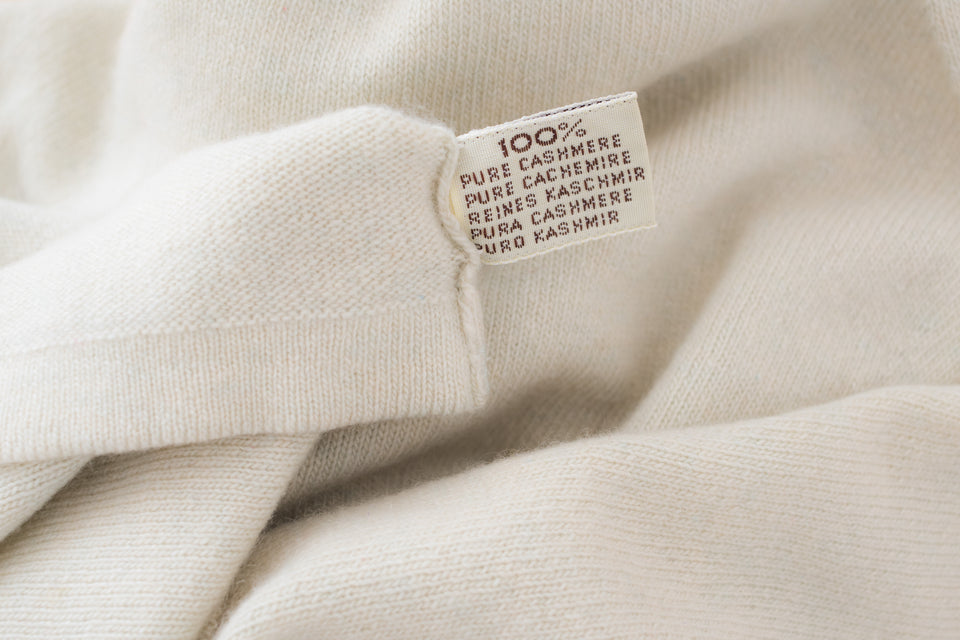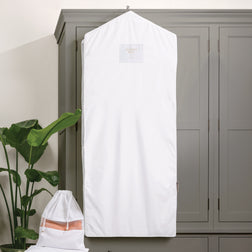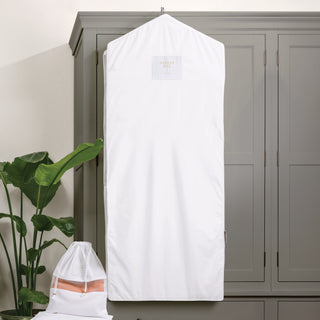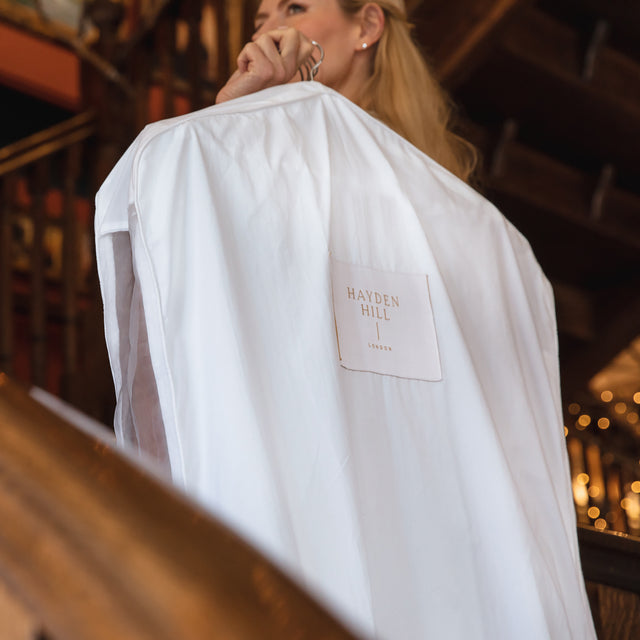Stains can badly damage cashmere and the usual household remedies won’t always work as it requires delicate handling. So what treatments will work the best and keep your cashmere in good condition?
Some things in life annoy us all: bumper-to-bumper traffic, calls from telemarketers, and staining a new or favorite piece of clothing.
Stains have the potential to badly damage delicate fabrics like cashmere. Certain substances can degrade the strength and connective bond between the wool fibers. So, it’s critical to minimize the possible damage by acting fast and treating stains properly.
Spot treatment and stain removal for natural fibers like cashmere wool differ from those you would use on synthetic materials. The usual household remedies won’t always work; cashmere has its own techniques for stain removal.
Common Types of Cashmere Clothing Stains
When choosing a method to remove stains on cashmere, start with identifying the substance that caused the stain. Different stains call for different treatments. Some of the most common stains are listed below.
- Tannin. A lot of drinks, such as wine, tea, coffee, beer, and natural fruit juices (including tomato juice), cause stains due to their tannins. Soda and chocolate stains also fall under this category, as well as many types of watercolor or washable markers and inks. Many fruits and root vegetables have tannins that can stain clothing.
- Dye. Synthetic dyes, like those used in some inks and food products, are in this category, as well as grass stains. Dye-based stains can also occur when an article of clothing is washed with cashmere and bleeds its dye into the garment.
- Oil. Some oil-based stains come from natural sources, like animal or plant by-products. Cosmetic products, such as make-up, creams, and body lotions, also produce oily stains. Automotive fluids and paint products may also leave oil-based stains that can prove particularly difficult to remove.
- Protein. Many natural and animal-based by-products are considered protein stains. This can include foods that do not fall under tannin or oil-based categories, such as eggs or dairy products. Bodily fluids, such as urine, blood, or vomit, are also in this category.
- Combination. Due to the various ingredients in many prepared foods or manufactured products, a stain can be any combination of the above types. This complicates the stain removal process, and you may need to use more than one removal technique. Examples of products that might leave a combination stain include ketchup, candle wax, or shoe polish.
Removing Stains from Cashmere Clothes
There are many remedies for the different types of stains, but only a select few will be safe for cashmere garments. Because cashmere is made of short strands of natural wool fibers, it’s highly susceptible to damage when exposed to harsh chemicals or rough treatment. Caring for cashmere requires delicate handling. Scrubbing or bleaching a stain simply isn’t an option with cashmere.
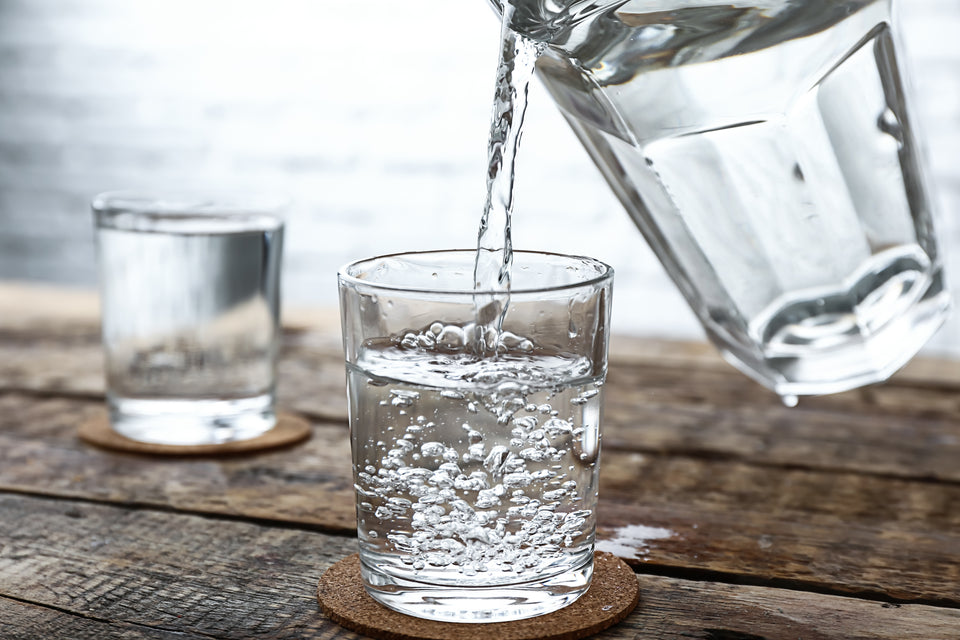
Use Only Cold Water
If you have no other options available to you when a spill or spot occurs, use cold water. It’s natural to think that hot, soapy water will remove any speck of dirt or debris, but heat is the enemy of cashmere and can even set certain types of stains, like tannin-based ones. If you can’t remove the cashmere garment to rinse the stain beneath a stream of cold water, then dampen a napkin or cloth and blot the area. Be careful to blot the stain gently, and avoid stretching the area since wet cashmere can lose its shape easily.
Scrape Off Large Debris
When the accident involves a blob-like splotch of a substance, like peanut butter or ketchup, you can minimize the spread of wet and oily by-products by scraping off the majority of the substance with the back of a knife or the side of a spoon or fork. Even the edge of a credit card or a stiff paper would work. Whatever you use, wield it with care and avoid pressing too hard against the fabric as you scoop up the spill. Follow up with a cool water rinse or blot.
Choose the Right Soap
Wool-safe soaps are best, but if you don’t have any on hand, and need to treat a stain quickly, these are some safe alternatives.
- Unscented Dish Soap
- Laundry Detergents for Sensitive Skin
- Mild Baby Shampoo
Dilute these soaps with water and dab onto the spot until it’s fully saturated. Allowing the stain to soak for a few minutes before rinsing it with clean, cold water increases its effectiveness.
Treat Sweat Stains with Vinegar
It’s not uncommon for cashmere to absorb body odor or get stains in the underarm area. Vinegar is the best remedy for both situations. Fill a basin or sink with ¼ cup of white distilled vinegar and cold water. Place the item in the water and let it soak for 10 minutes to remove body odors and sweat stains.
Cashmere sweat stains can be tricky. You may not notice any stains until you’ve washed the garment or brought it out of storage, so it’s good to get in the habit of incorporating this step any time you wash cashmere clothing.
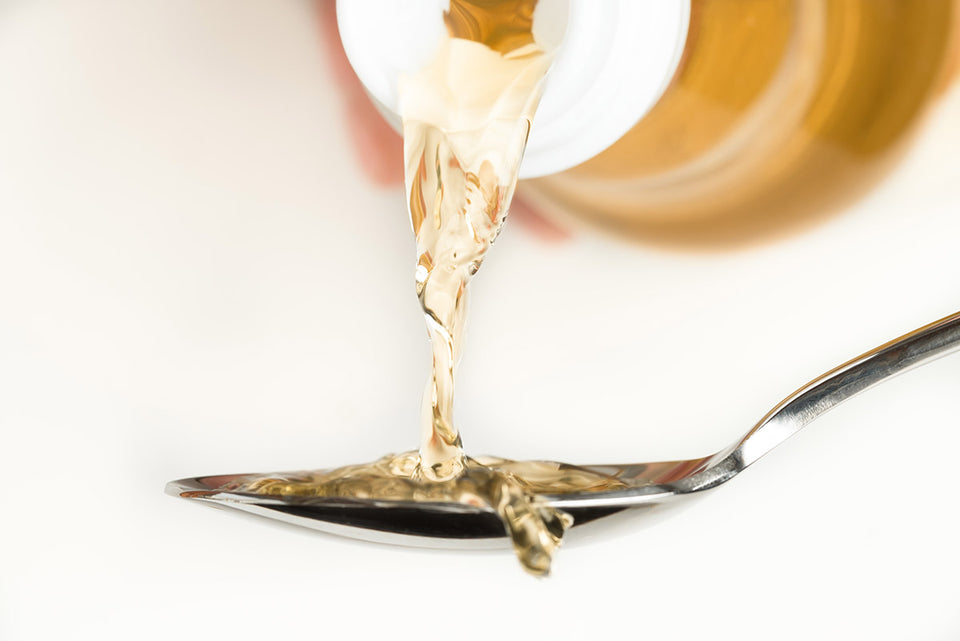
Buy Products Made for Cashmere
As with detergents, stain removers that are specifically formulated for safe use with cashmere are a smart purchase. The best stain removers use plant-based, non-toxic ingredients without any petroleum products or artificial colors. If you don’t have a cashmere-safe stain remover on hand, a concentrated amount of your usual wool-friendly detergent can be used to spot-treat prior to washing.
Consult a Dry Cleaner
While the harsh solvents found at a dry cleaner aren’t always safe for use with cashmere, you may still need the help of a professional if you have a particularly stubborn stain that won’t respond to normal stain removal techniques. You can consult with your dry cleaner about which products they have that pose the least risk of damaging or dulling your cashmere piece.
Washing Cashmere After Stain Removal
It’s very possible that spot-treating alone may not remove the stain completely. This is common with many types of stains, especially those from protein or oil-based substances. Many times, the stain will come out completely during the washing process.
Even if the stain disappears after spot-treating, you should always wash your cashmere garment as soon as possible.
Now that you know how to treat cashmere stains with the appropriate techniques and a few specialized products, you’ll be able to keep your cashmere items in pristine condition for years to come.
